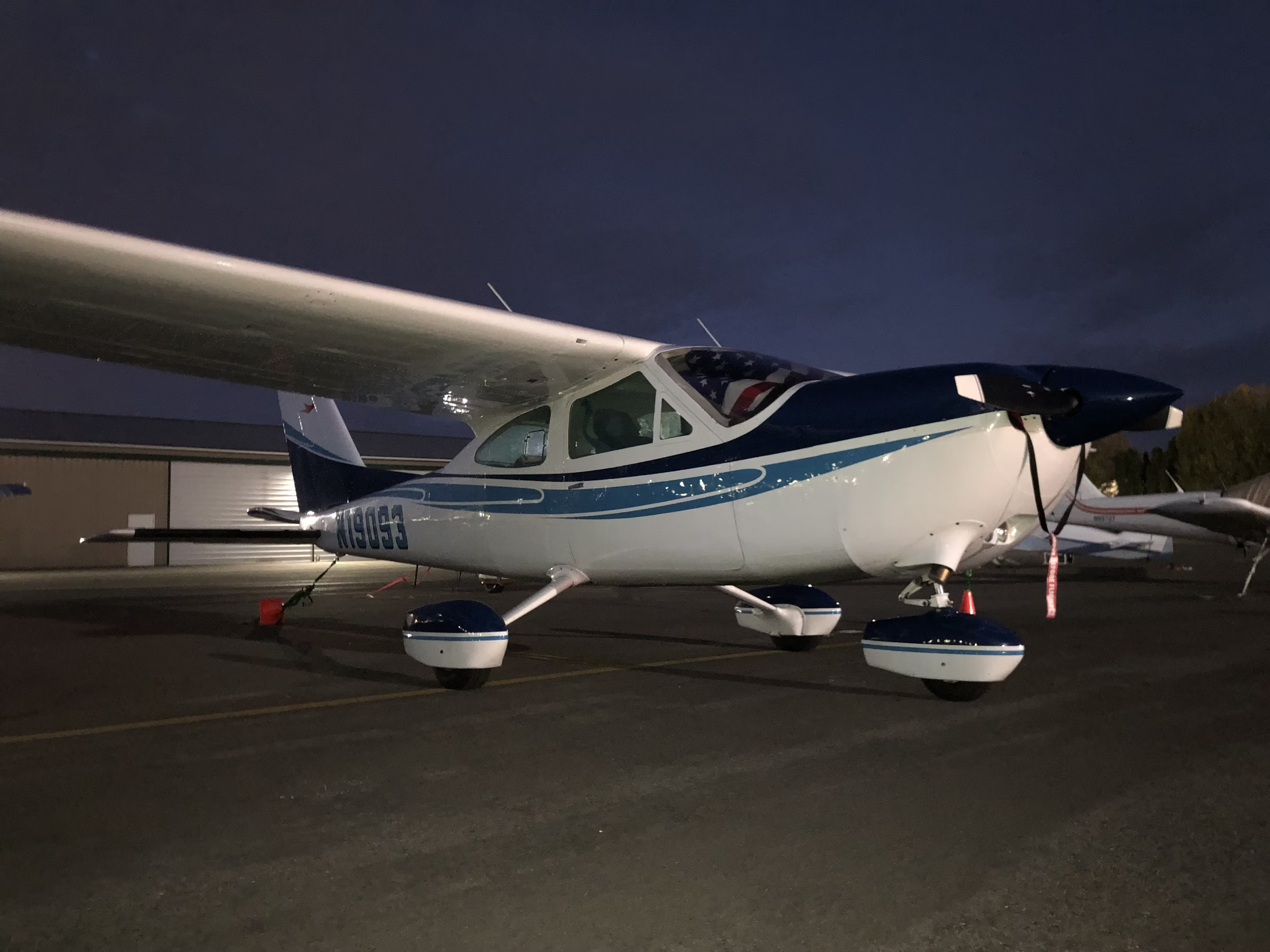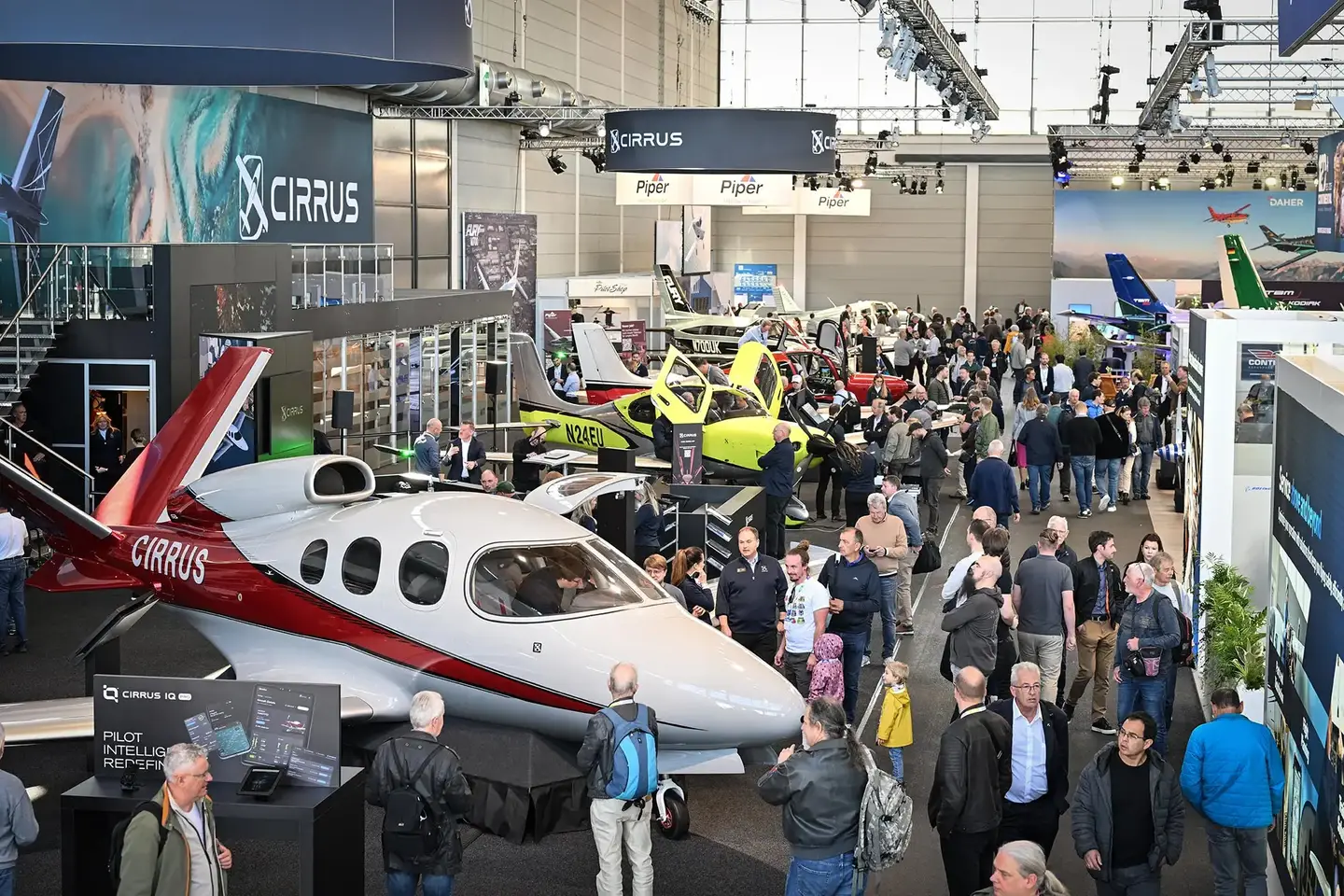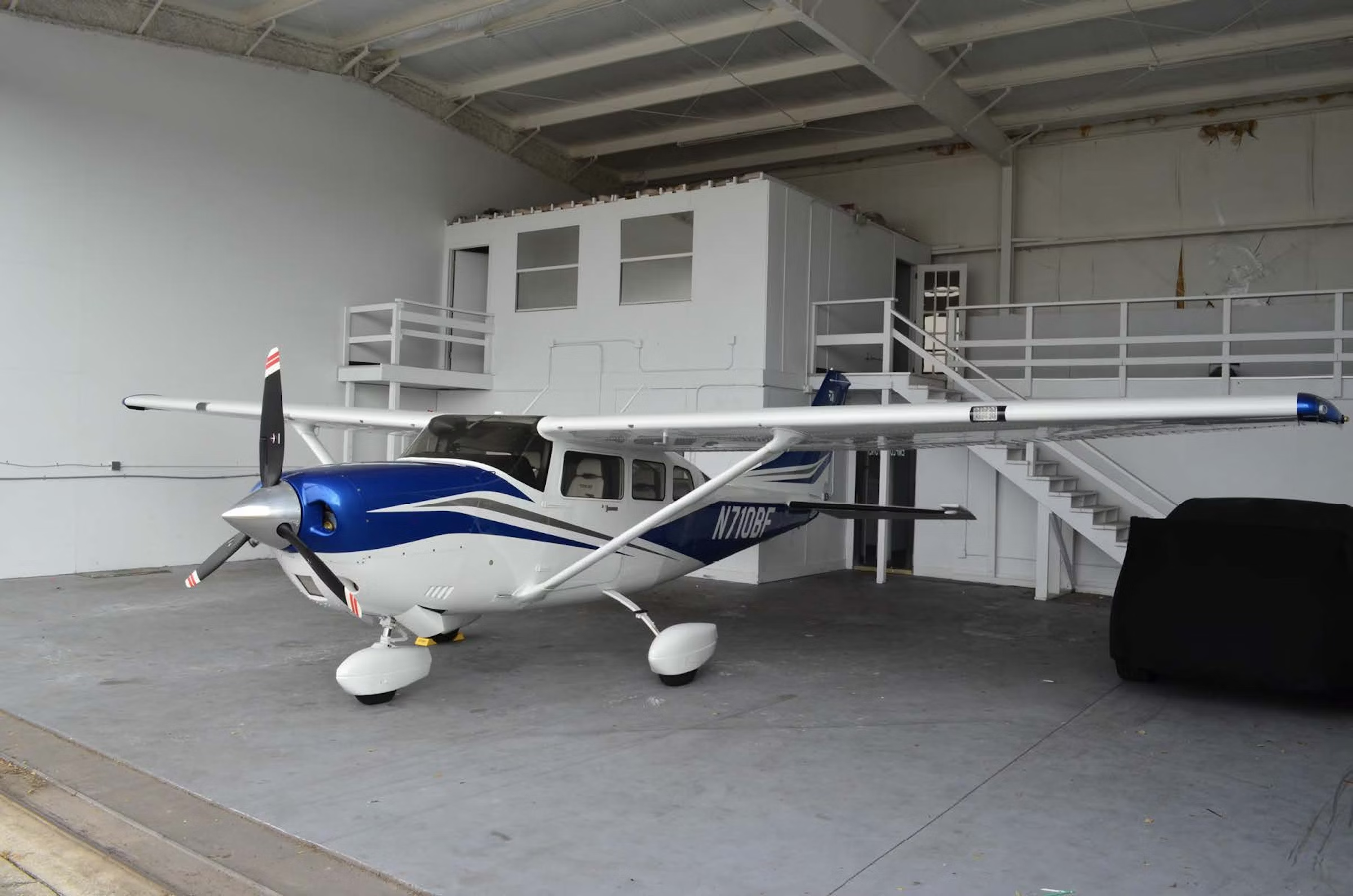
Stability and control are provided by a large conventional stabilizer and elevator. Flying
I used up my entire allotment of blunders for the year in our July issue, where 1) I incorrectly referred to a Robertson STOL conversion as Robinson; 2) I said that the small forward lifting surfaces on the Robertson Wren 460 (a modified Cessna 182) were nicknamed “Wren’s teeth,” when in fact that name applied to rows of movable vortex generators on the wings that assisted in roll control at very low speeds; and 3) I described the Beech Starship as a “2,000 hp VariEze” when in fact it was a 2,400 hp VariEze.
The Robertson errors were particularly unforgivable, since I had just written an article about the company in the September 1982 issue of Flying. Well, if Homer can nod, so can I.
A reader in New Mexico, Harry McCaffrey, wrote to inquire why I had omitted the Piaggio Avanti from my tally of the offspring of the canard craze of the 1970s and 80s. For this one, at least, I had an excuse of sorts.
The answer is that the Avanti is not a canard, at least as I choose to understand the term. The nomenclature is slippery. Canard is French for duck: Because of ducks’ long necks, their wings in flight look comparatively farther aft than those of, say, crows. Since we borrowed so much aviation terminology from the French, I suppose a tail-first airplane could as well have been called a oie (pronounced “wah”) or cigne (pronounced “seen ya”), meaning goose or swan respectively, but neither would have been so easy to say as canard. (The claim, which I have seen in print somewhere, that tail-first airplanes are called canards because reports of their existence were considered implausible is itself a canard — though why the French language provides the same word for a false report and for a genuine duck, I do not know.)
But enough philology. Some people call anything with a wing on the nose a canard. Some also call the front wing itself a canard. My policy is to limit the term to airplanes with two wings in tandem, of which the after is markedly the larger. As a sub-quibble, I would call the airplane itself a canard, its smaller front wing a foreplane, and its larger aft wing simply “the wing.” Airplanes with two wings of roughly equal size, one behind the other, I would call “tandem wing,” with a forewing and an aftwing.
But not classing the Avanti as a canard is not just a matter of wordplay. The Avanti’s longitudinal stability and control are provided by a large conventional stabilizer and elevator at the tail end of the airplane. The arrangement is fundamentally different from that of a two-surface canard configuration, in which pitch control is provided by the forward surface and stability by the interplay of the two surfaces working together.
To understand the advantage of the three-surface configuration over the canard it is necessary to understand one serious constraint upon the canard configuration. Longitudinal stability requires that the foreplane work harder, that is, operate at a greater percentage of its maximum lifting ability, than the wing. Safety, moreover, requires that the foreplane stall before the wing; otherwise the airplane would pitch up, rather than down, when the wing stalls, and would not recover. The practical consequence of these demands is that the wing of a canard airplane cannot be allowed to develop its maximum lift and cannot be equipped with powerful high-lift devices.
This means, in turn, that the wing loading of a canard cannot be as high as that of a conventionally configured airplane. Its wing must be larger, and consequently heavier, and produce more skin friction drag.
In return for these disadvantages, as I wrote in that blemished July column, the canard configuration offers a single big advantage: Properly designed, it is virtually stall-proof.
A three-surface airplane is a different species. Pitch control is the province not of the foreplane, as in a canard, but of the aft elevator. The foreplane is actually a chunk of the wing that has been moved up to the nose. The published wing area of the Avanti, 172 square feet, is about that of a Skyhawk. It does not include the area of the foreplane, but should. The aggregate wing area is 195 square feet.
Dividing up the wing and putting part of it on the nose serves several purposes. It allows the main portion to be moved aft a bit; in the Avanti, this puts the wing carry-through structure entirely behind the cabin. It allows the adjustable flap on the foreplane to help trim out the nose-down pitching moment of the very large and powerful Fowler flaps on the wing. Finally, it provides the same stall protection that a canard has: The incidence and airfoil section of the foreplane are tailored to ensure that it stalls before the main wing, allowing the nose to drop. But since the elevator at the aft end is still pushing down, the “pitch bucking” that results from the stalling and unstalling of a canard’s foreplane is lessened.
An important corollary of the aft elevator’s responsibility for pitch control is that the foreplane is not required to have a higher maximum lift coefficient than the wing — only to reach its maximum sooner. The wing can therefore be equipped with arbitrarily large and powerful high-lift devices, and its area accordingly reduced for a given landing speed. Side-by-side plan views of the Avanti and the Beech Starship show a dramatic difference in proportionate wing area. The smaller area of the Avanti wing, owing to its higher maximum lift coefficient, deserves much of the credit for its achieving 400-knot cruise speeds on 1,700 horsepower — 90 knots faster than a comparably powered King Air 250.
A less obvious advantage of the three-surface configuration is that the wing is sufficiently close to the center of gravity for it to be usable for fuel tankage. The airplane does not experience large CG changes as fuel is consumed, and the CG moves forward, not aft. The wing of a canard is too far aft to carry fuel; fuel typically ends up in big triangular leading-edge extensions, called strakes, running up the fuselage sides.
The Avanti was developed in the 1980s, at the same time as the ill-fated Beech Starship. Burt Rutan, who had been secretly approached by Beech to propose designs for a new turboprop, had submitted a three-surface and a canard. Beech management — not Beech engineering, by the way — chose the canard. It was a rookie mistake; the unsuitability of the canard configuration for a high-wing-loading turboprop should have been obvious. Rutan himself would later say that he personally preferred the three-surface design, and proved it, during his brief tenure as a Beech vice president, by designing and building a prototype of the three-surface Triumph, a small twinjet that Beech declined to develop further.
There have been comparatively few three-surface airplanes. The aerodynamics are complicated, and there are other ways to keep the wing box out of the cabin. But Piaggio’s chief designer, Alessandro Mazzoni, scored a bull’s-eye with the Avanti, and forever erased any doubts about the potential value of the configuration.

Sign-up for newsletters & special offers!
Get the latest FLYING stories & special offers delivered directly to your inbox






